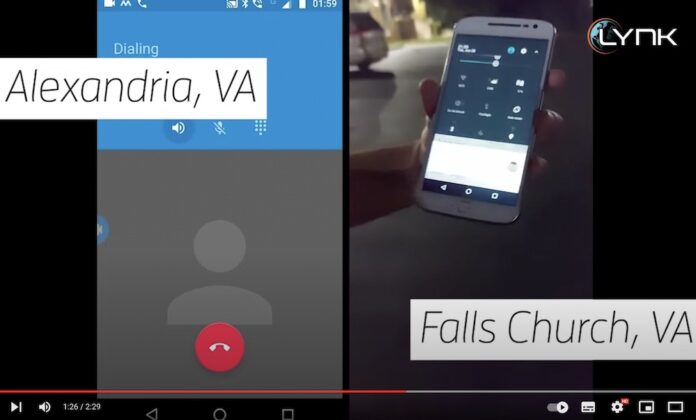The curious case of “if you don’t video it, it didn’t happen”
Satellite-to-phone company Lynk Global has risked opening a spat with competitor AST SpaceMobile after releasing what it claims is the first-ever video of a series of two-way voice calls between standard mobile phones connected via satellite.
The video shows multiple voice calls using standard mobile phones connected via Lynk’s existing satellite-cell-towers, as it calls them, in orbit.
However, AST SpaceMobile claimed in April it made the first ever two-way satellite voice calls between two unmodified smartphones, connecting Rakuten Mobile Japanese offices and AST SpaceMobile in Texas.
AST’s call used unmodified Samsung Galaxy S22 and AT&T spectrum in the US, connecting to a Rakuten iPhone. Vodafone engineers assisted with the test, although presumably without a video function on their smartphones.
While that initial call was 2G, in June, AST claimed it had hit up to 10.3Mbps downloads in 4G LTE testing using AT&T spectrum and Nokia RAN technology. Further testing of voice calls to AT&T employees was carried out utilising VoLTE – albeit without any videos released of the milestone.
Lynk co-founder and CEO Charles Miller quipped “Carl Sagan once remarked ‘Extraordinary claims require extraordinary evidence.’ The video we release today underscores Lynk’s commitment to a higher standard.”
He added: “When Lynk completed the first-ever connection from a satellite to a standard phone on Earth in March 2020, we shared video to demonstrate our results to the world. Today we are doing the same for two-way voice calls.”
Under pressure
The tit-for-tats risk tarnishing the technological achievements a number of companies are making in the non-terrestrial network space. However, it is understandable given rising costs, diminishing launch slots and the need to fund expensive constellations means the sector may face some casualties – all the while, vertically-integrated Starlink and, in the future, Kuiper lurk.
Already, the launch of the first commercial satellites in AST SpaceMobile’s mobile-compatible broadband constellation has slipped into 2024. Meanwhile Lynk needs around 1,000 satellites for full continuous broadband coverage, which it plans to reach in 2025 – the eventual constellation size is around 5000.
Baby steps
For now, Lynk is focusing on delivering SMS with various telco partners starting in the island nation of Palau. “With initial service now underway in Palau for SMS messaging, and with other countries to follow this year, the Lynk team is thrilled to demonstrate voice call capabilities,” said Lynk co-founder and CTO Tyghe Speidel.
“While we continue to prioritise SMS texting service for our MNO partners in the near term, these initial voice call results highlight advancements in our technology and move us a step closer to delivering on our mission,” he added.



